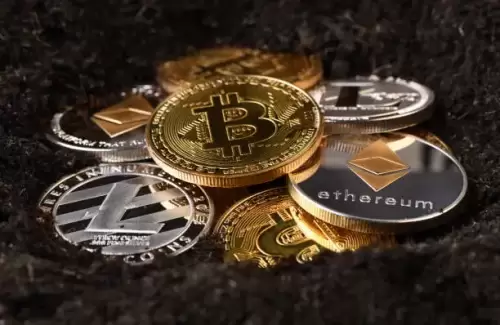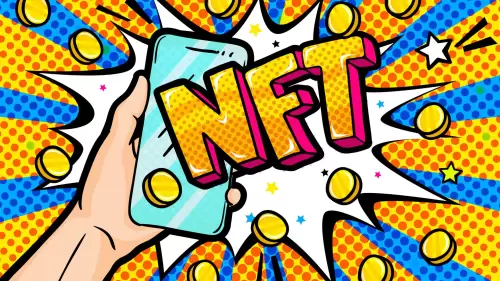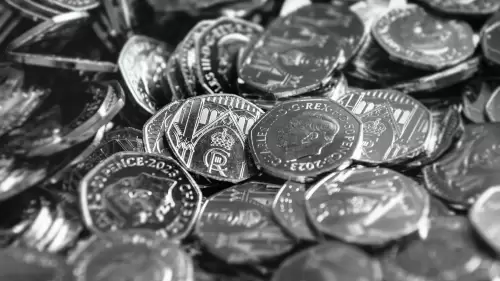The Delhi High Court addresses a PIL concerning currency accessibility for the visually impaired, revealing the government's stance on introducing a ₹50 coin.

Delhi High Court and the Curious Case of the Missing ₹50 Coin
The Delhi High Court is currently involved in a Public Interest Litigation (PIL) that touches upon the everyday challenges faced by visually impaired individuals when handling currency. It all boils down to a simple question: where's the ₹50 coin?
No ₹50 Coin on the Horizon
The Central Government has informed the Delhi High Court that, for now, a ₹50 coin isn't in the cards. Why? Apparently, the public prefers banknotes. The Ministry of Finance pointed to a 2022 Reserve Bank of India (RBI) survey indicating that folks generally prefer notes over coins for ₹10 and ₹20 denominations.
Accessibility Issues
The PIL, filed by Rohit Dandriyal, highlights that visually impaired people find it hard to distinguish the ₹50 note because it lacks tactile features present in higher denomination notes. Those raised print elements on ₹100, ₹200, ₹500, and ₹2000 notes? They're a huge help for blind users, but the ₹50 note doesn't have them.
Government's Response
The government acknowledged the concern but clarified that ₹10, ₹20, and ₹50 notes in the Mahatma Gandhi (New) Series don't include raised printing because these features wear off quickly. The RBI argued that adding such features would increase production costs and reduce efficiency. The government pointed to other initiatives to improve accessibility, though specifics are vague in the provided context.
Court's Involvement
Chief Justice D.K. Upadhyaya and Justice Anish Dayal noted that the government’s affidavit hadn't been formally placed on record. The court directed that this be done before adjourning the matter.
A Penny for Your Thoughts? Or a ₹50 Coin?
While the government cites public preference for banknotes, it's worth considering whether accessibility for all citizens, including the visually impaired, should outweigh those preferences. Perhaps a different approach to tactile features, or even exploring alternative materials, could make a ₹50 coin a viable option in the future.
So, while we might not be jingling ₹50 coins in our pockets anytime soon, the Delhi High Court's involvement highlights the ongoing effort to make currency more accessible. Who knows? Maybe one day, we'll all be pleasantly surprised with a shiny new ₹50 coin. Until then, let's hope for innovative solutions that make life a little easier for everyone.
Disclaimer:info@kdj.com
The information provided is not trading advice. kdj.com does not assume any responsibility for any investments made based on the information provided in this article. Cryptocurrencies are highly volatile and it is highly recommended that you invest with caution after thorough research!
If you believe that the content used on this website infringes your copyright, please contact us immediately (info@kdj.com) and we will delete it promptly.













































































